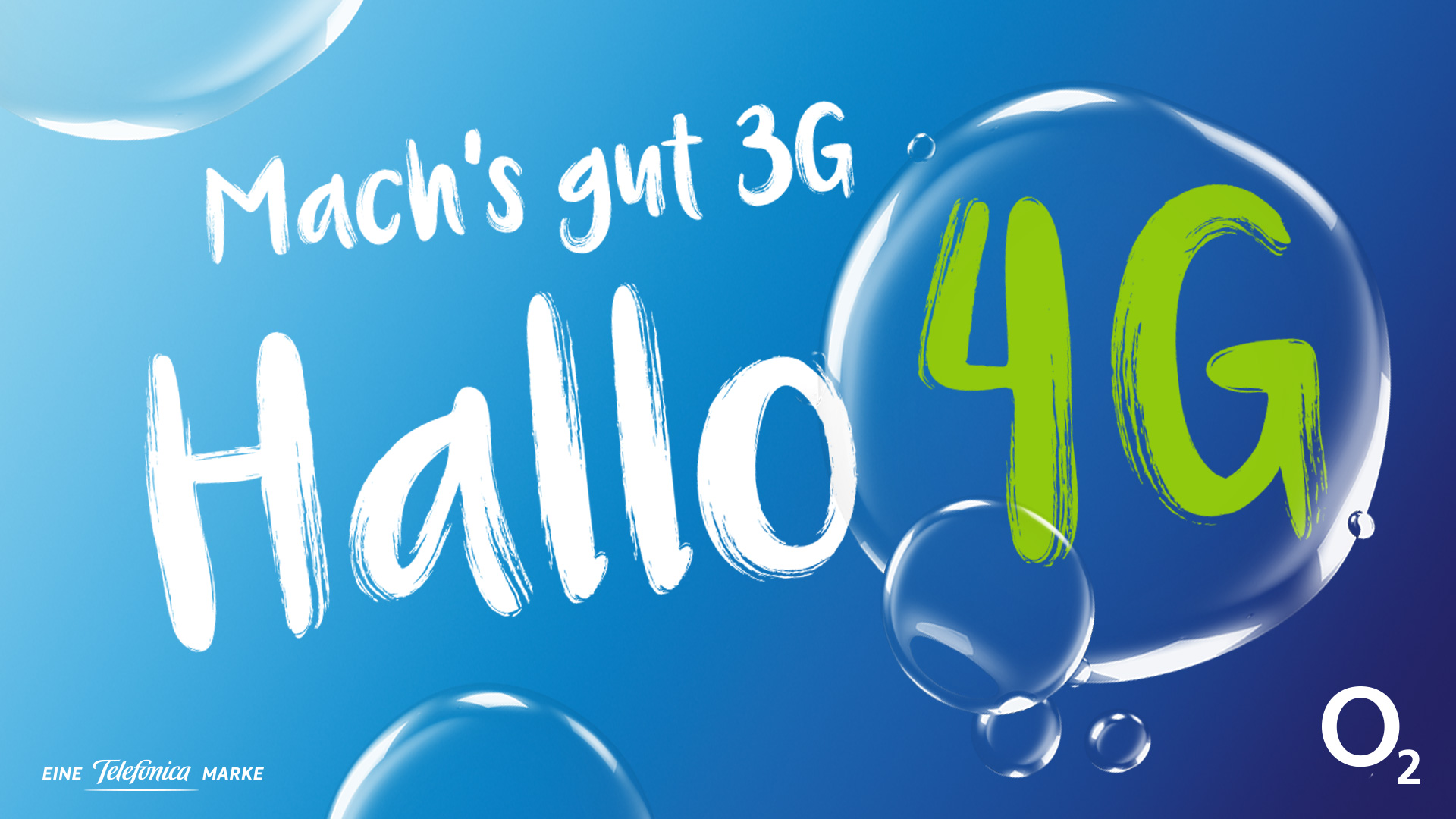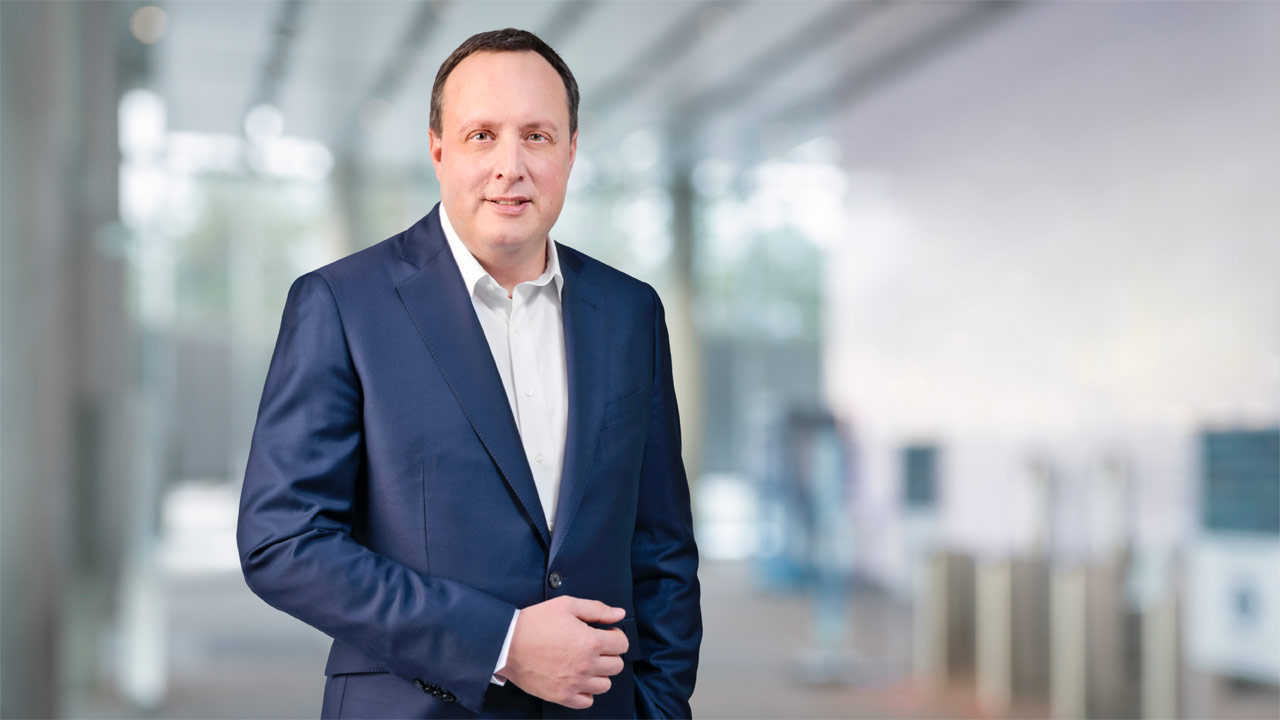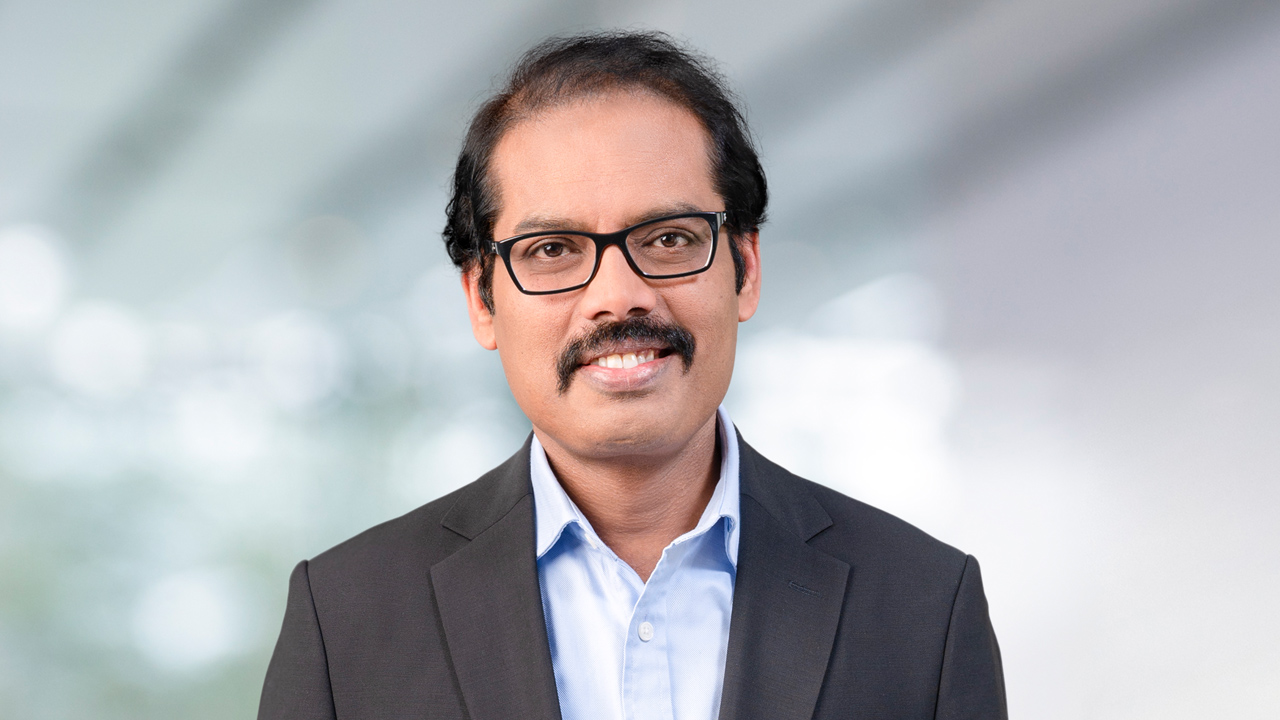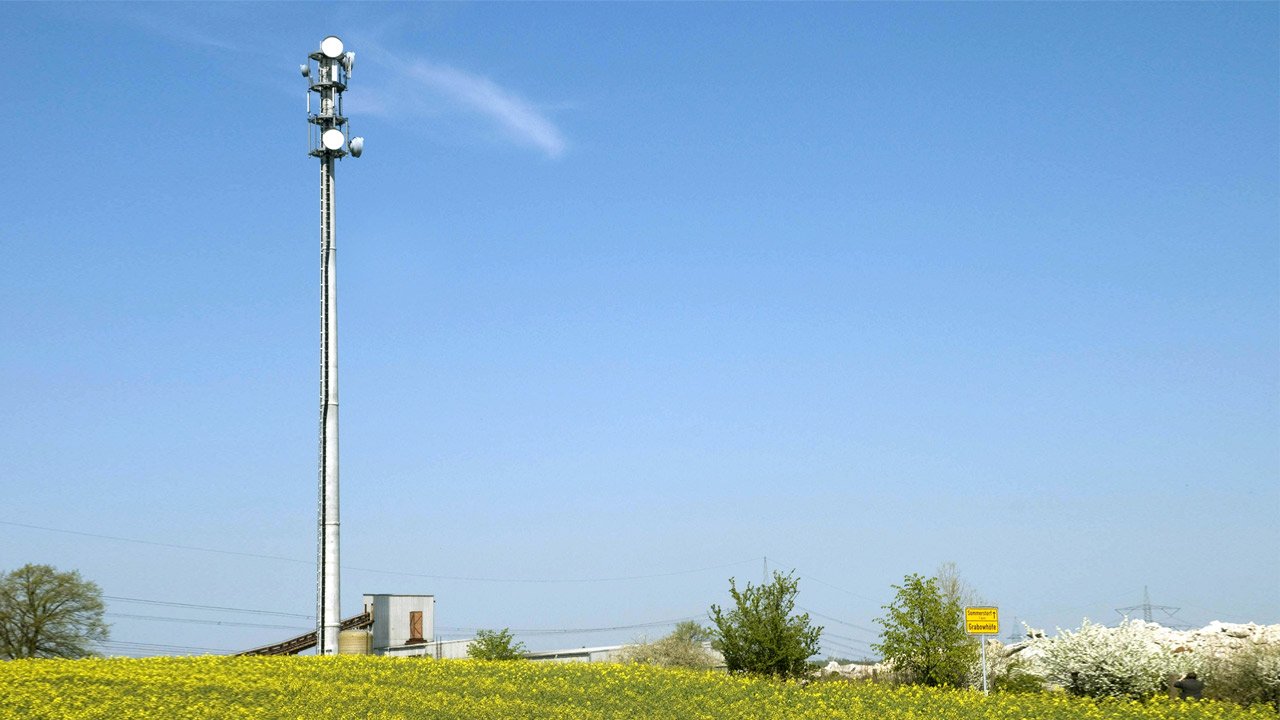07.06.2021
Goodbye 3G - hello improved O2 4G network:Telefónica Deutschland / O2 starts nationwide switch-off of 3G network

Goodbye 3G: The 3G frequencies will be used for 4G until the end of 2021.
Starting 1 July, Telefónica Deutschland / O2 will begin the large-scale shutdown of its 3G network. The resources previously required for 3G will make way for the significantly more powerful 4G network by the end of the year. To this end, the telecommunications provider will use the frequencies of the currently around 16,000 3G transmitters on 2,100 MHz for 4G in the future. O2 customers as well as customers of Telefónica Deutschland's other own and partner brands will thus benefit from an even better network experience. Compared to 3G, 4G offers customers additional network capacities, higher surfing speeds and significantly shorter response times for mobile data usage. For all O2 customers still using a device limited to 3G, O2 is providing attractive offers for new devices.

Markus Haas
"More than 20 years ago, we paved the way for mobile data usage in our country with 3G. In the meantime, this technology is getting on in years, so we are replacing it by the end of the year. The future of digital networking for business and consumers will then belong solely to 4G and, above all, 5G. These mobile standards are significantly more powerful, more sustainable and enable new digital solutions," says Markus Haas, CEO of Telefónica Deutschland / O2. "We connect the most people in Germany with our O2 network. This gives us a very special task and responsibility to take all customers with us into a sustainable digital future. With our network rollout and our products, we are democratizing high-tech for consumers."
3G farewell: this is the roadmap for an even stronger O2 4G network

Roadmap: Here's how the company is shutting down 3G in individual regions to use spectrum for 4G.
Telefónica Deutschland / O2 will begin the full rededication of the first 500 3G sites on 1 July. Two weeks later, another 1,000 sites will follow. Regions in Lower Saxony, Saxony-Anhalt, Brandenburg and Mecklenburg-Western Pomerania will be the first to benefit from the 3G switch-off and thus from an even better developed 4G network. These include cities such as Potsdam, Wolfsburg, Braunschweig, Salzgitter and Hildesheim, as well as the rural districts of Ludwigslust-Parchim, Altmarkkreis Salzwedel, Ostprignitz-Ruppin, Gifhorn, Celle and Grafschaft Bad Bentheim.
Telefónica Deutschland / O2 will reallocate a further 9,500 or so sites by the end of September 2021. During this time, network tasks will be carried out in major cities such as Munich, Cologne, Frankfurt, Stuttgart, Essen and Düsseldorf, as well as in large parts of Bavaria, Schleswig-Holstein, Saxony, Thuringia and Saarland. As a result, the company will be able to provide full 4G coverage at two-thirds of all previous 3G sites by late summer. `
The last 4,500 or so 3G sites will follow by early December. For major cities such as Berlin, Hamburg and Leipzig, as well as for all other regions in Germany, the final word will then be: Goodbye 3G! Hello improved O2 4G network!
Full 2,100 MHz spectrum for 4G: More 4G bandwidth for customers

Mallik Rao
"With the transformation from 3G to 4G, we are setting the course for an even more powerful O2 network as well as a significantly better network experience for our customers," said Mallik Rao, Chief Technology & Information Officer of Telefónica Deutschland / O2. "4G has become an integral part of everyday customer usage. The standard has long been the backbone of digital connectivity. Now we are additionally focusing on our 5G rollout to ignite the digitalization turbo in the country. We are making 5G available to more and more customers in all regions, providing them with two powerful high-speed network standards for their mobile data usage.”
For the operation of the 3G network, Telefónica Deutschland / O2 used the frequencies at 2,100 MHz with 20 MHz bandwidth. With the continuous decline in the importance of 3G, the company has gradually reduced 3G bandwidth in favor of 4G. The majority of O2's mobile sites are now already transmitting at 2,100 MHz with 15 MHz bandwidth over 4G and only 5 MHz bandwidth over 3G.
Now the company is also converting the remaining 5 MHz so that customers have the full bandwidth available for 4G. In general, the 4G standard already transmits over additional frequency bands (including 800 MHz, 1800 MHz and 2,600 MHz) at the sites. By increasing and bundling these 4G transmitters, many O2 customers are using ever faster data rates in the O2 network.
Today, around 97 percent of all data already runs over 4G. In the future, usage will be split between the 4G and 5G networks. In addition, 4G is significantly more resource- and climate-efficient than the 3G standard, whose technology is now being completely phased out of the network.
Telefónica Deutschland / O2 takes all customers into a sustainable digital future

Customers in major cities and rural areas benefit from an even stronger 4G network.
The majority of O2 customers, as well as customers of Telefónica Deutschland's other own and partner brands, have already been surfing the fast 4G network for years. To ensure that the 3G conversions also benefit all other customers, for example customers with older contracts, the telecommunications provider has already opened up all 3G-restricted contracts of its own brands to 4G. In addition, the company is offering all of its own customers a free SIM swap if they are still using a SIM card restricted to 3G. For all existing O2 customers who do not yet have a 4G-capable device, O2 is offering attractively priced switch offers. New customers also receive a wide selection of suitable 4G/5G smartphone and tariffs. In this way, the company is ensuring that it takes all of its customers with it into the future.
Last year, Telefónica Deutschland / O2 already strengthened its 4G network with an additional 11,000 transmitters, so that the 4G network now reaches 99 percent of the population. As a result, O2 secured a "very good" rating in the connect network test1. This year, O2 will ignite the 5G expansion turbo. By the end of the year, 5G in the O2 network should be available for over 30 percent of the population, and by 2025 for the whole of Germany. The company has already deployed over 1,300 5G antennas on 3.6 GHz in its 5G network, which will increase to over 6,000 5G antennas until year-end. In addition, the provider will also implement 5G on 700 MHz and 1800 MHz this year to cover more regions and especially rural areas with 5G. In parallel, O2 is closing the last 4G coverage gaps by upgrading sites with 4G for the first time or building completely new ones in white spots.
| 1) | Connect mobile network test, issue 1/2021: Very good (852 points); three times very good (926, 876 and 852 points) were awarded overall |